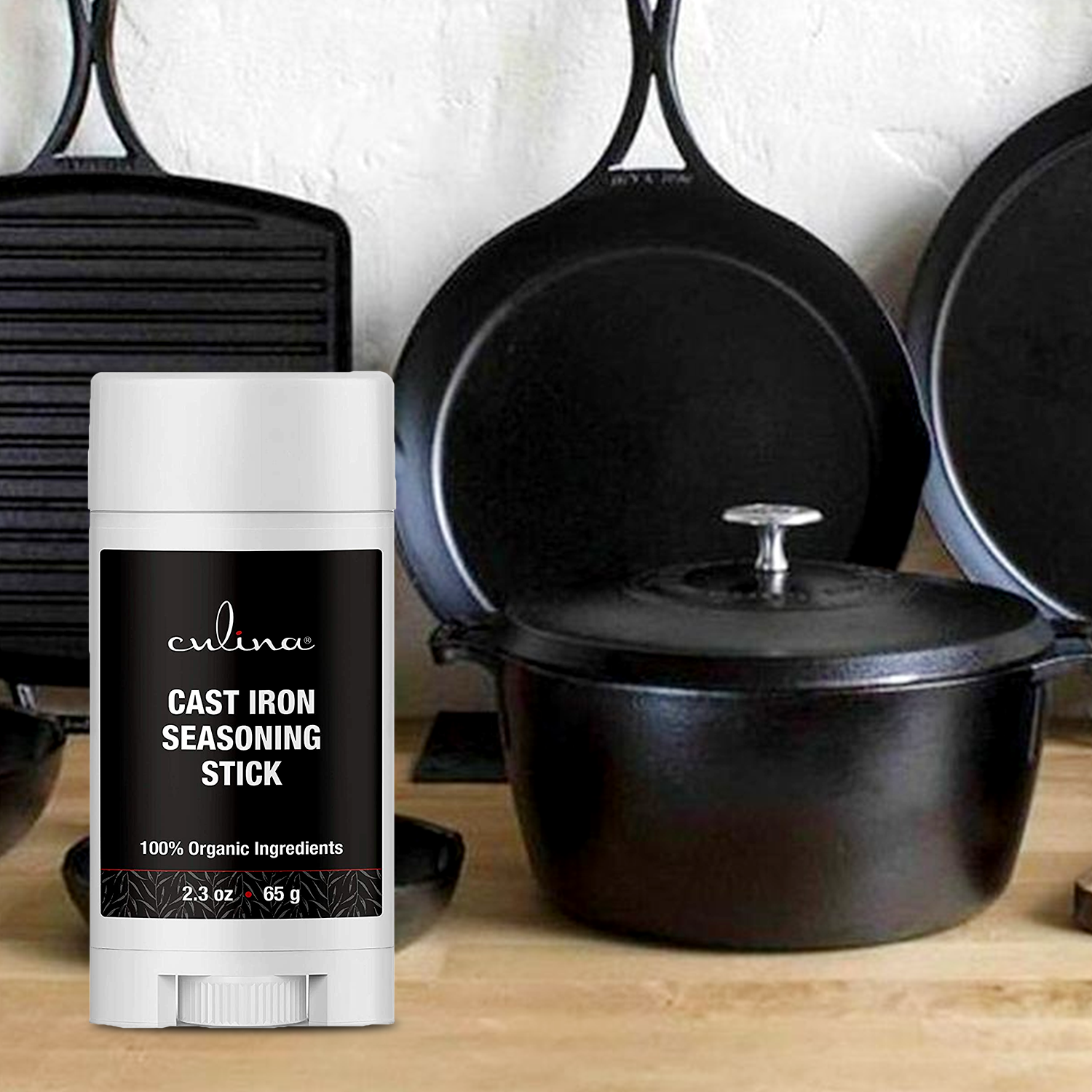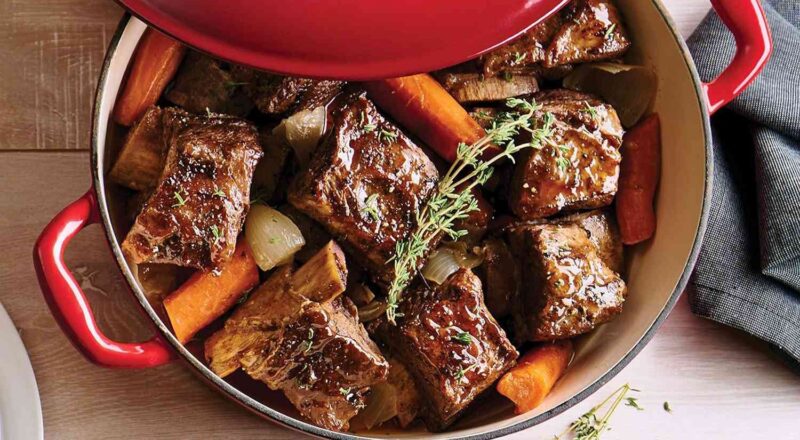When embarking on a camping trip, one of the most fascinating aspects can be the cooking process. Using a camp Dutch oven takes outdoor cooking to an entirely new level. With its here, approved technology and tremendous history, Dutch oven cooking requires knowledge, patience, and the right number of coals.
Cooking with a camp Dutch oven involves understanding how many coals to use to achieve the desired temperature for various recipes. This article aims to provide a detailed guide on how to use coals effectively, ensuring delicious meals every time.

Understanding the Basics of Camp Dutch Oven Cooking
What is a Camp Dutch Oven?
A camp Dutch oven is a highly versatile piece of cookware, often made of cast iron and equipped with a tight-fitting lid. It is known for its ability to be used in campfires or with charcoal, making it ideal for outdoor cooking.
The Importance of Coals
Coals play a crucial role in regulating the temperature inside the Dutch oven. The number of coals and their placement determines whether you’re baking, roasting, simmering, or frying.
:max_bytes(150000):strip_icc()/Which-Dutch-Oven-Size-Is-Right-for-You-FW-tout-72667962e9d849258bce69ba1e82a7b9.jpg)
Factors Influencing the Number of Coals
Size of the Dutch Oven
The size and capacity of your Dutch oven will directly influence how many coals you’ll need. Larger ovens require more coals to distribute heat evenly.
Type of Cooking
Different cooking methods require different amounts of heat. Baking might need a different coal distribution compared to simmering or frying.
Weather Conditions
Outdoors, the weather can play a significant role in your cooking experience. Windy, cold, or humid conditions can affect the number of coals needed.
Coal Quality
Not all coals are created equal. Higher-quality coals burn longer and provide more consistent heat.

Determining the Right Number of Coals
The 3/4 Rule
A popular method for determining the number of coals is the 3/4 Rule. This rule suggests using three-quarters of the diameter of your Dutch oven in coals on the bottom and the full diameter on the top. For example, a 12-inch Dutch oven would need nine coals on the bottom and twelve on the top.
Baking
For baking, you’ll typically need more coals on the lid of the Dutch oven than underneath. This top heat ensures the food cooks evenly.
Roasting
When roasting, an even distribution of coals both on the bottom and top is essential. This method surrounds the food with heat from all directions.
Simmering and Stewing
For simmering and stewing, fewer coals are needed. Most of the coals should be placed underneath, with a few on top to maintain a moderate temperature.
Practical Tips for Managing Coals
Using a Coal Chimney
A coal chimney can help you prepare the coals evenly before placing them around your Dutch oven. This tool makes it easier to achieve the desired temperature.
Arranging Coals
Properly spacing the coals is vital. Too close, and you risk uneven cooking; too far, and you won’t maintain consistent heat.
Adjusting for Wind
Wind can increase the burning rate of coals. Use windbreakers or adjust the number of coals accordingly to maintain the required temperature.
Monitoring Cooking Time
Regularly check your food to prevent it from overcooking or undercooking. Adjust the coals as needed to ensure optimal cooking conditions.
Sample Recipes and Coal Distribution
Here are a few sample recipes to give you an idea of how to arrange your coals:
Campfire Bread
Baking bread in a Dutch oven requires more heat on the top. Arrange eight coals underneath and sixteen on the lid for a 12-inch oven.
Classic Beef Stew
For simmering a classic beef stew, place ten coals underneath and five on top to maintain a gentle heat.
Roast Chicken
Evenly distribute twelve coals on the bottom and twelve on the top for a perfectly roasted chicken.
Safety Precautions When Using Coals
Handling Hot Coals
Always use tongs or specialized tools to handle hot coals. Wear heat-resistant gloves to protect your hands.
Fire Safety
Ensure your cooking area is clear of flammable materials. Have a bucket of water or a fire extinguisher nearby for emergencies.
Cleaning and Maintaining Your Dutch Oven
Post-Cooking Care
After your Dutch oven has cooled, clean it with mild soap and water. Remove any food residues to prevent rusting.
Seasoning the Oven
Regularly season your Dutch oven to maintain its non-stick surface. This involves applying a thin layer of oil and heating it.
Storing the Dutch Oven
Store your Dutch oven in a dry place with the lid slightly ajar to allow air circulation and prevent moisture buildup.
For more detailed instructions on cleaning and maintaining your Dutch oven, visit this page.
FAQ Section
What type of coal should I use for my camp Dutch oven?
Use high-quality charcoal briquettes for consistent and reliable heat.
Can I use wood coals instead of charcoal?
Yes, wood coals can be used, but they burn differently and may require more attention to maintain consistent heat.
How do I adjust for high-altitude cooking?
At higher altitudes, you may need more coals to achieve the desired temperature due to lower oxygen levels and air pressure.
As an Amazon Associate, I earn from qualifying purchases.
As an Amazon Associate, I earn from qualifying purchases.

